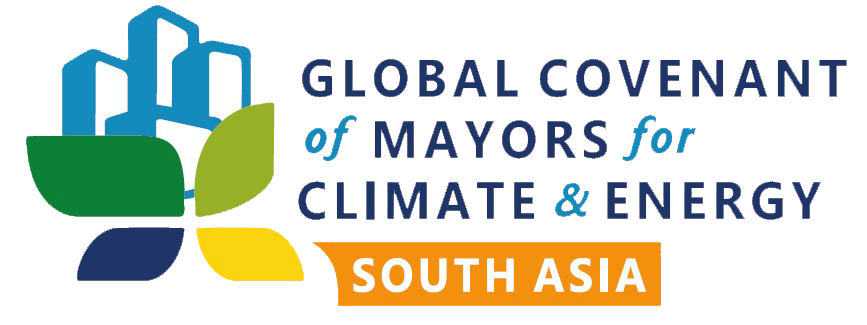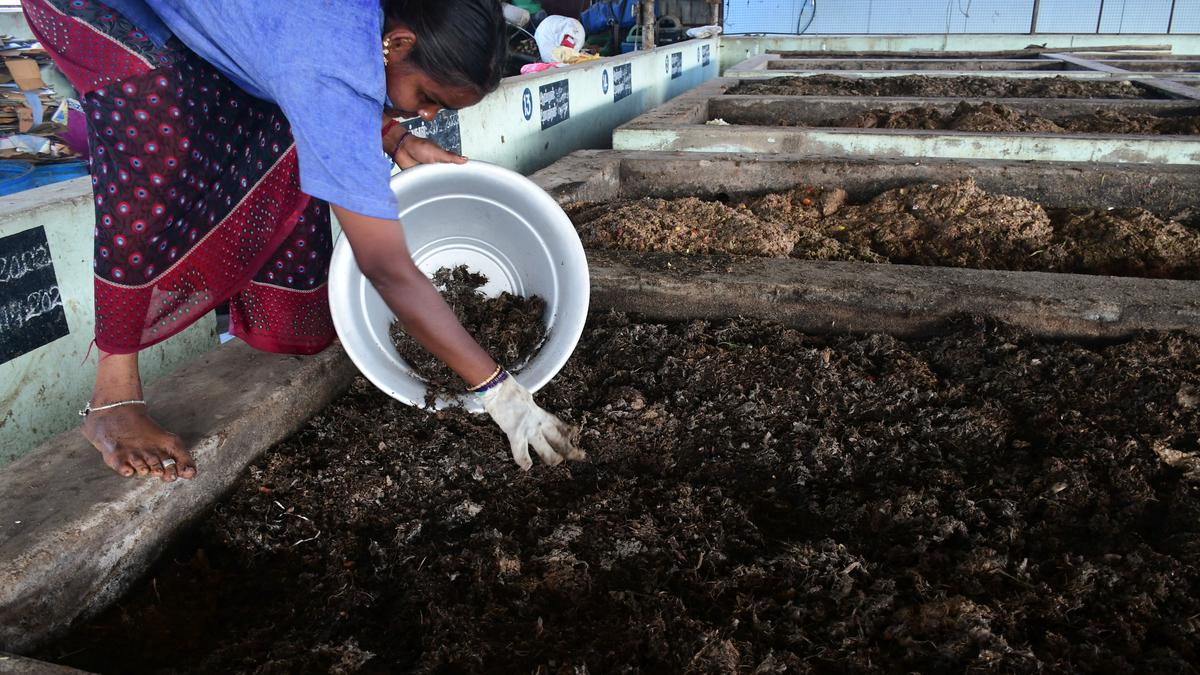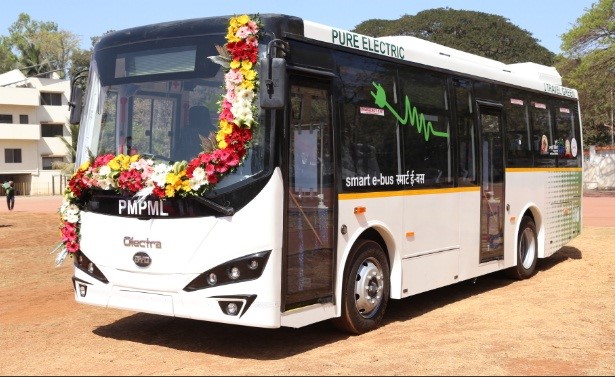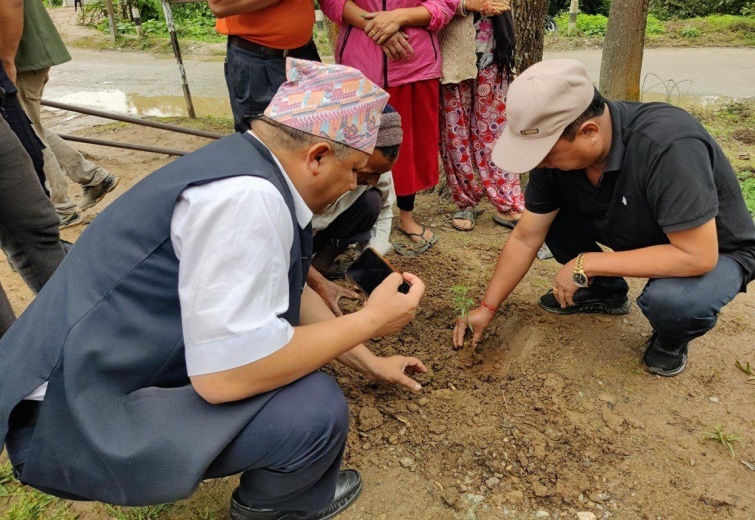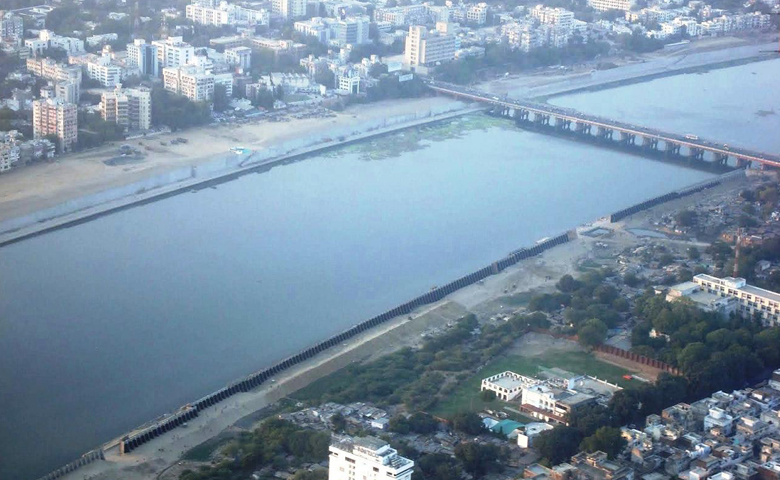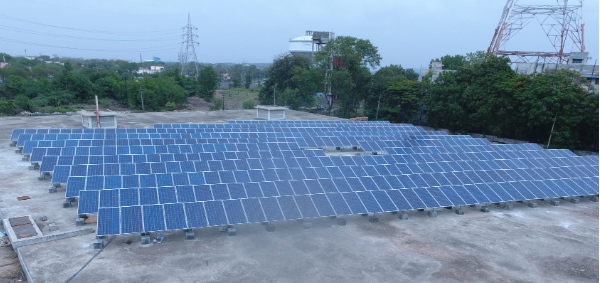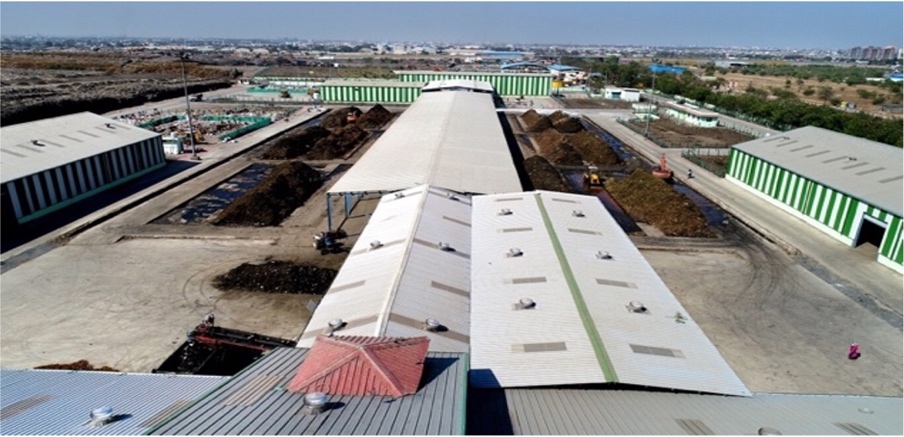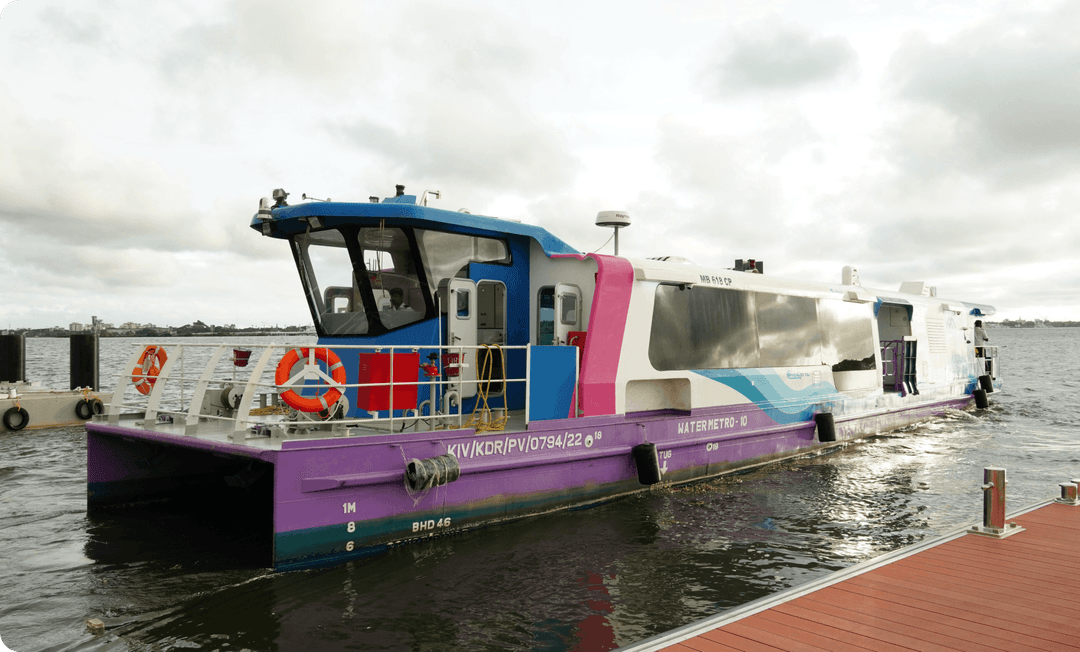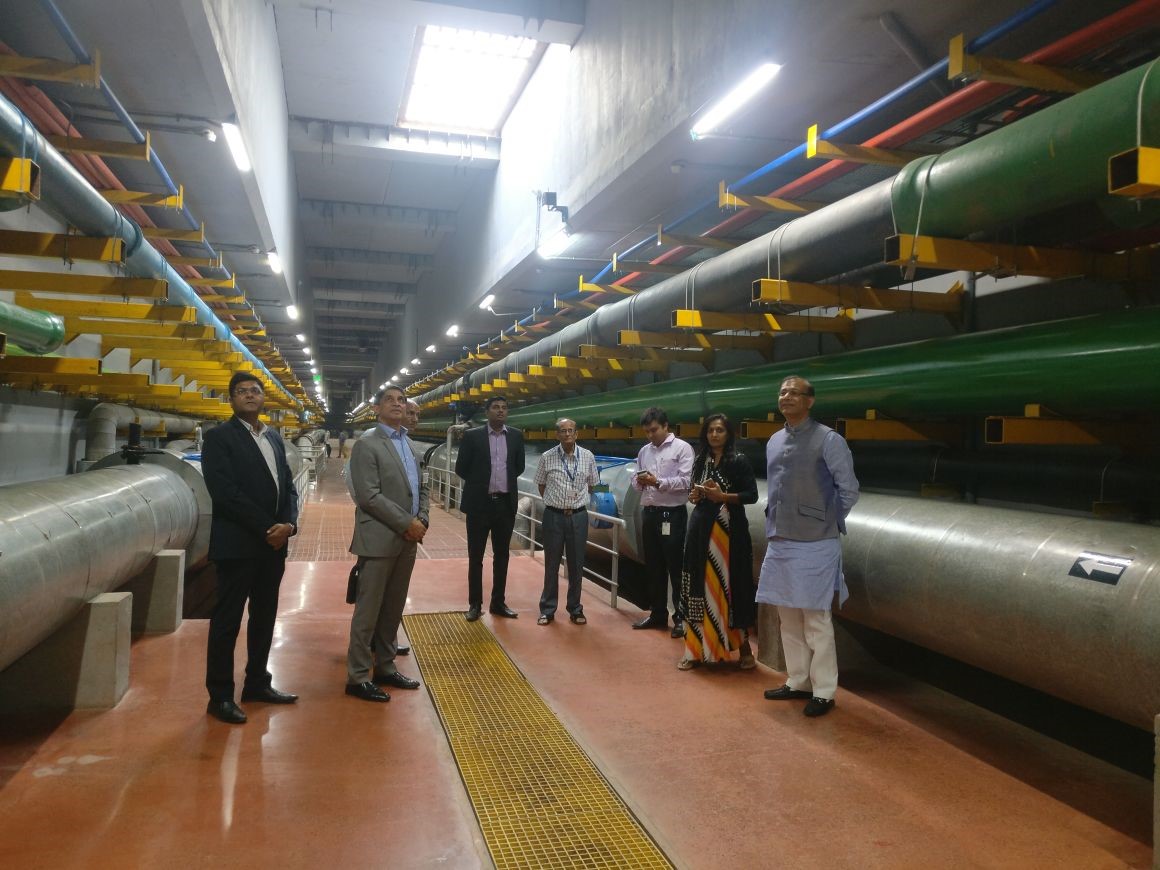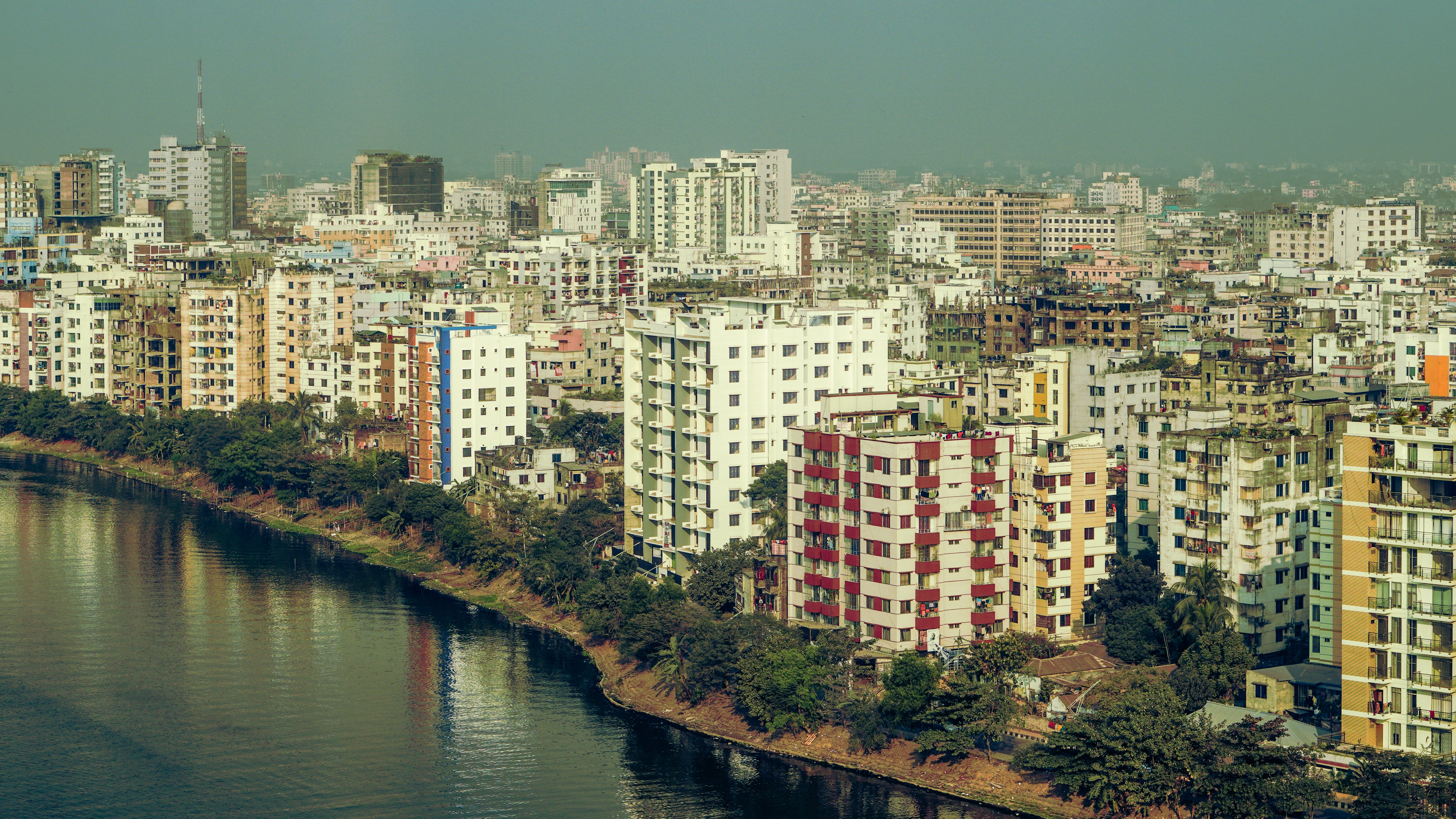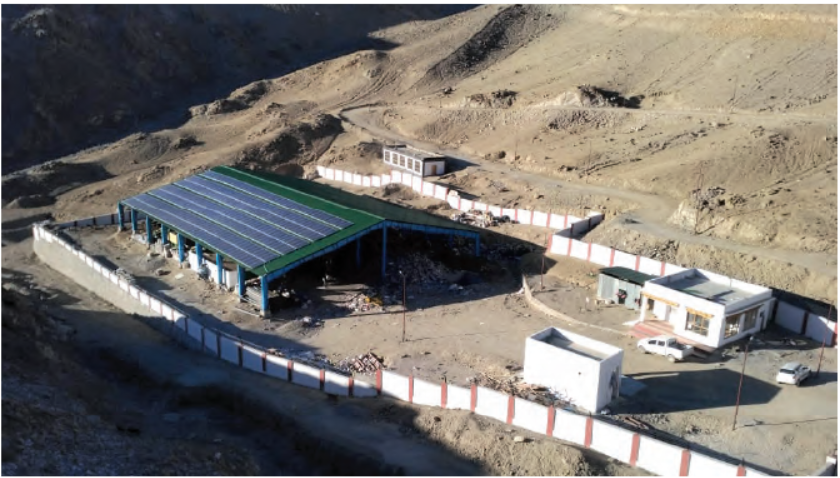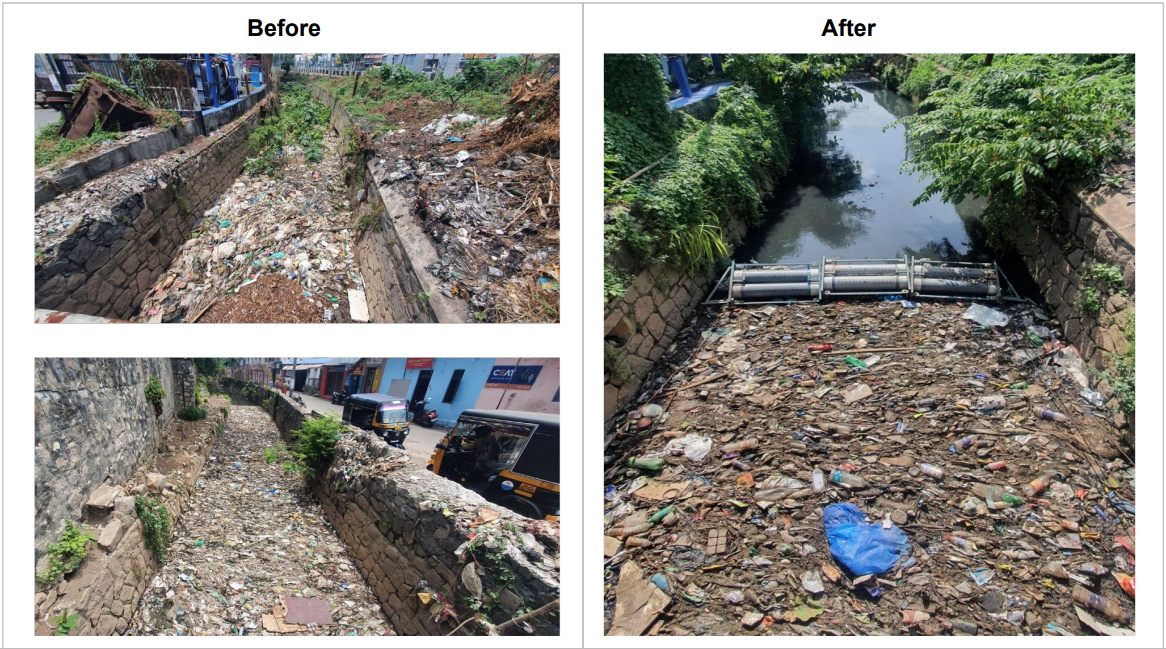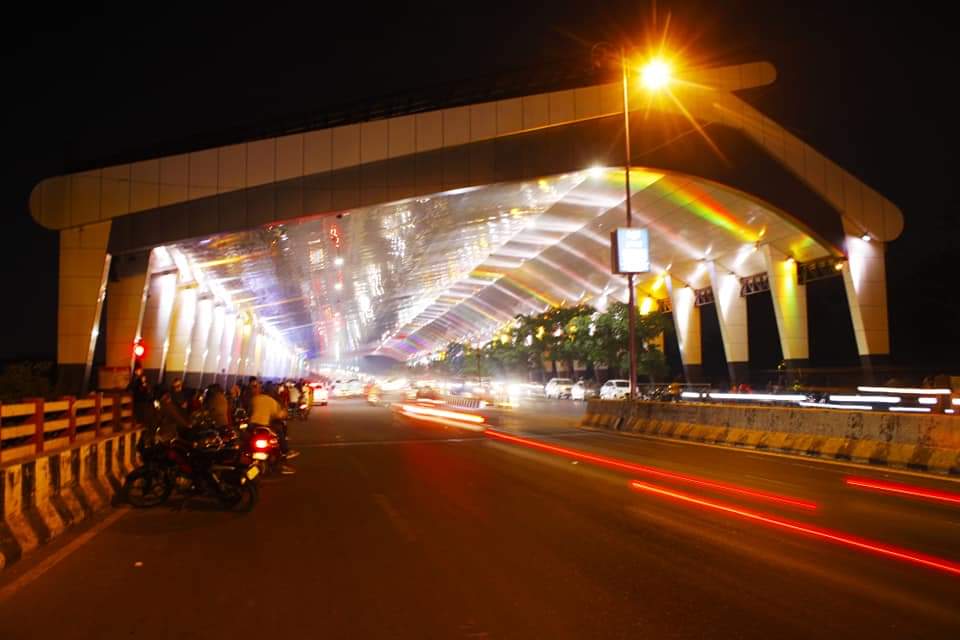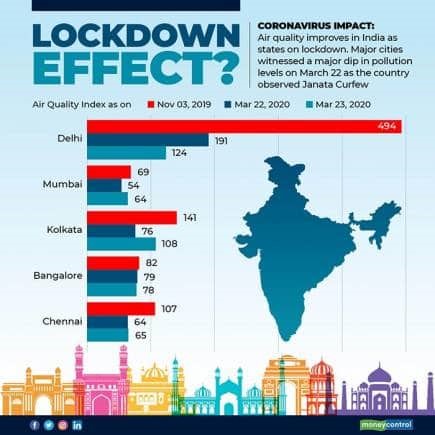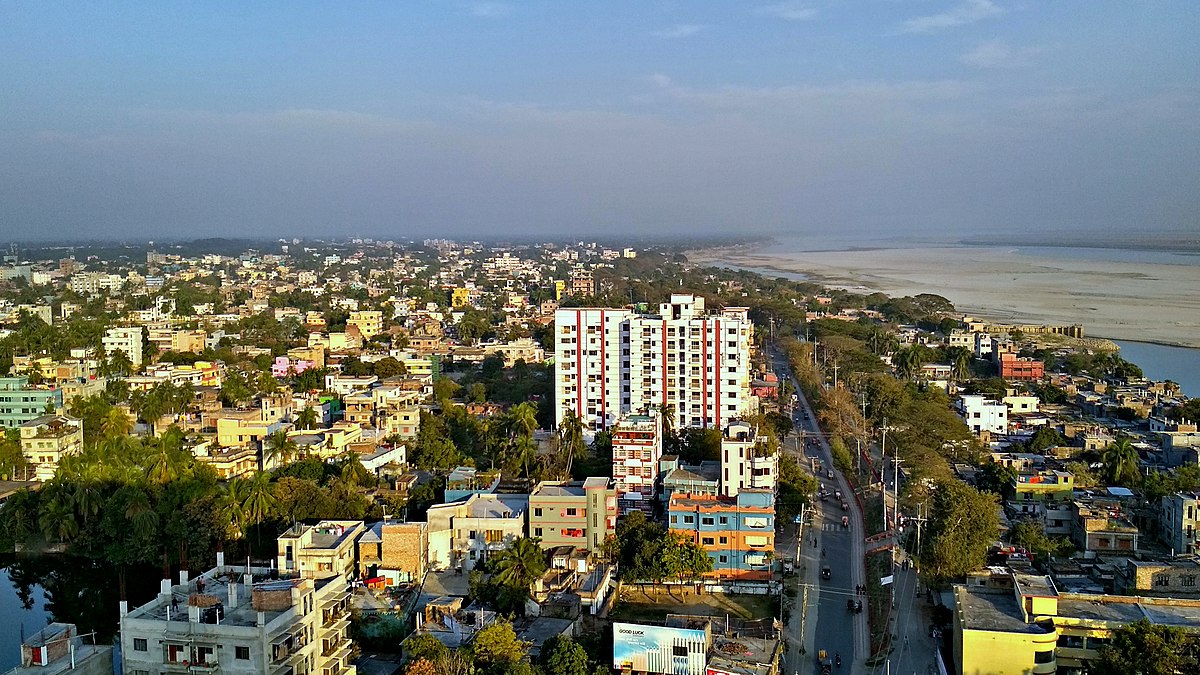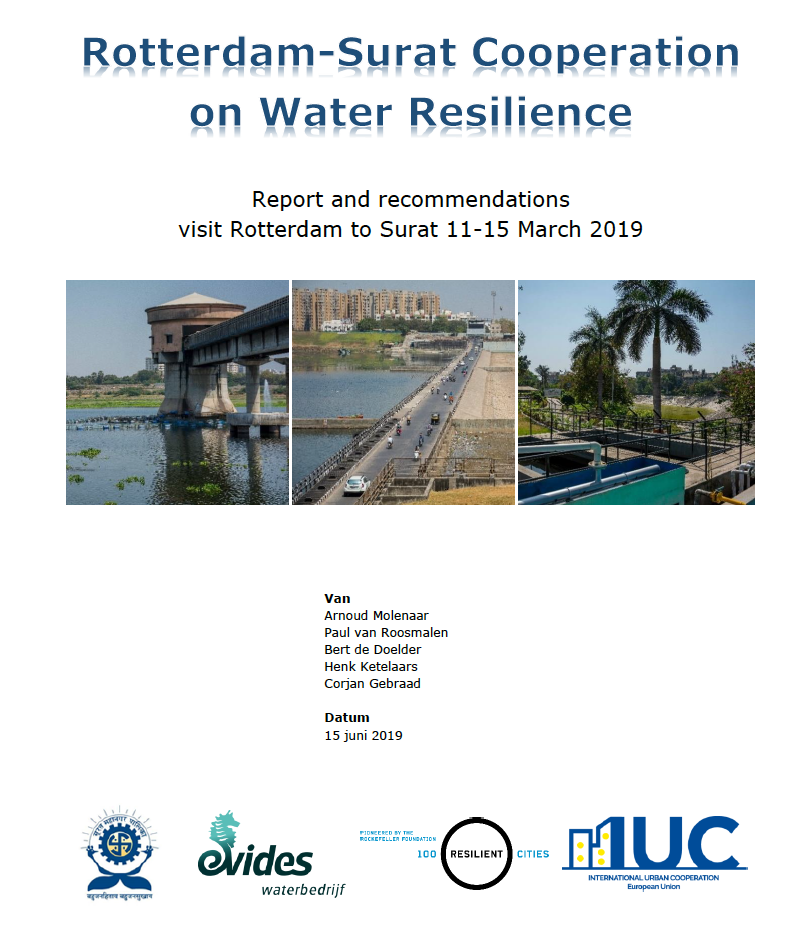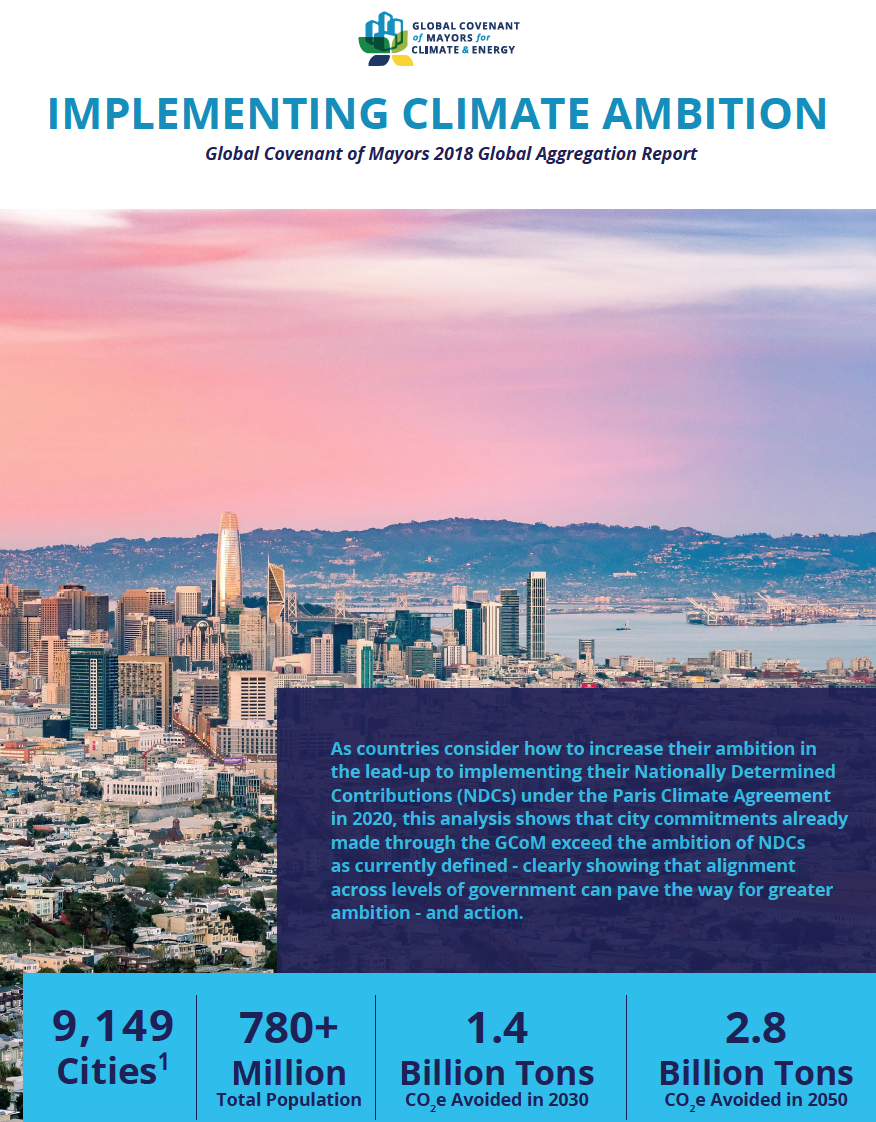Resource
South Asia’s Climate Response CASE STUDY COMPENDIUM
Brochure
Sustainable Development Goals:

Topic
Climate AdaptationA compendium of 12 case studies from GCoM South Asian signatory cities has been developed. The collection serves as a valuable repository of urban experiences, offering fellow cities a roadmap for navigating diverse challenges and opportunities. By delving into real-world scenarios, municipalities can gain insights into successful sustainable strategies, enabling them to make informed decisions and adapt innovative solutions to suit their unique contexts.
Countries: India, Bangladesh, Bhutan, Nepal, Sri Lanka
Publisher: AIILSG
Languages: English
Published Year: 2024
Dehradun: Creating Inclusive Sanitation Systems
Case Study
Sustainable Development Goals:


Topic
Circular EconomyThis case study of the city of Dehradun focuses on Creating Inclusive Sanitation Systems ensures that all residents, regardless of their socio-economic status, have access to safe and reliable sanitation services. Such initiatives minimize environmental pollution by properly treating and disposing of wastewater and sludge. Also, promotes the use of sustainable and resilient sanitation technologies and practices, ensuring long-term benefits for the city.
Countries: India
Publisher: AIILSG
Languages: English
Published Year: 2024
Tiruchirappalli: Local Micro-Composting Centres led to No-Bins
Case Study
Sustainable Development Goals:



Topic
Circular EconomyThe case study showcases the efforts of the Southern Indian city of Tiruchirappalli to establish local micro-composting centres. The Micro Composting Centre functions as a decentralized waste management facility, processing solid waste gathered from a specific ward or residential colony via the primary collection system, which led to no use of the community bins.
Countries: India
Publisher: GCoM SA
Languages: English
Published Year: 2024
Pune: Electric Buses for Clean Mobility
Case Study
Sustainable Development Goals:




Topic
Air QualityThe effort being made by Pune City to promote clean transportation by installing 500 electric bus is highlighted in this month's case study. E-buses has helped improve air quality and cut carbon emissions, all with a far less environmental impact.
Countries: India
Publisher: GCoM SA
Languages: English
Published Year: 2024
Colombo : A fallen tree makes way for effective tree management
Case Study
Sustainable Development Goals:

Topic
Climate AdaptationThe Colombo Municipal Council (CMC) is the local government authority responsible for administering the city of Colombo, covering 37 km2. Colombo is the largest city and commercial capital of Sri Lanka, with a resident population of 650,000, and more than half a million floating individuals daily reaching Colombo. It stands as the largest city in Sri Lanka by population. The city, with its significant population and limited space, faces challenges related to congestion and infrastructure.
Countries: India
Publisher: GCoM SA
Languages: English
Published Year: 2023
Dhankuta : Watershed Management Plan
Case Study
Sustainable Development Goals:



Topic
Climate AdaptationDhankuta Municipality, founded in 1978, is a local government in Nepal's Koshi Province. Encompassing 110 square kilometers, it serves a population of 46,440 residents. In response to the increasing water scarcity caused by climate change and human activities, the municipality has spearheaded the Nibuwa Tankhuwa Watershed Management Plan.
Countries: India
Publisher: GCoM SA
Languages: English
Published Year: 2023
Ahmedabad : Expanding Heat Resilience
Case Study
Sustainable Development Goals:


Topic
Climate Adaptation Energy TransitionLocated near the banks of the Sabarmati River, Ahmedabad is the most populous city in Gujarat. As per the 2023 projected population census, with a population of 7.6 million, Ahmedabad is the seventh most populated city in India. Known as the 'Manchester of India,' Ahmedabad has entered the list of the most heat wave-prone cities in India.
Countries: India
Publisher: GCoM SA
Languages: English
Published Year: 2023
Rajkot : Renewable Energy Deployment in Water Supply
Case Study
Sustainable Development Goals:


Topic
Energy TransitionLocated in the Saurashtra region, Rajkot is the fourth largest city in Gujarat, covering an area of one hundred and seventy square kilometers. Situated on the banks of the Aji and Nyari rivers, Rajkot is the 35th largest metropolitan city in India.
Countries: India
Publisher: GCoM SA
Languages: English
Published Year: 2023
Indore : Creating a Zero Plastic City
Case Study
Sustainable Development Goals:



Topic
Air Quality Climate AdaptationIndore is the largest city of the state of Madhya Pradesh with a population of about three million people (2,707,000 estimated as per the projected population of 2023 by census. Known as the 'Financial Capital' and the 'Educational Hub' of the state, Indore is spread across a vast land area of 530 square kilometres.
Countries: India
Publisher: GCoM SA
Languages: English
Published Year: 2023
Kochi : Integrated Urban Water Transport system
Case Study
Sustainable Development Goals:


Topic
Air Quality Climate AdaptationKochi, often known as Kerala's commercial hub, is one of the state's most densely inhabited districts. The Kerala backwaters are a network of brackish lagoons and lakes that run parallel to Kerala's Arabian Sea coast in southern India.
Countries: India
Publisher: GCoM SA
Languages: English
Published Year: 2023
GIFT City: Waste as potential for Energy
Case Study
Sustainable Development Goals:




Topic
Circular Economy Energy TransitionGIFT city sets a state-of-the-art technology in Solid Waste Management, the first city in the country to execute integrated Solid Waste Management system where collection, transportation and disposal occurs under one roof. A vacuum based waste collection technology and a mechanised waste segregation system that require minimal human intervention – Automated Waste Collection and Transport System of the city. With its advanced waste management systems, including segregation, recycling, and efficient disposal methods, it sets a benchmark for sustainable practices in urban development.
Countries: India
Publisher: GCoM SA
Languages: English
Published Year: 2023
Dhaka : A Sponge city to fight Climate Change
Case Study
Sustainable Development Goals:



Topic
Climate AdaptationThis case study examines the difficulties Dhaka City, Bangladesh, has in handling flood concerns brought on by climate change, as well as the major initiatives taken by the administration to adapt to and mitigate these problems.
Countries: Bangladesh
Publisher: GCoM SA
Languages: English
Published Year: 2023
Kolkata : Way forward for Green and Sustainable environment
Brochure
Sustainable Development Goals:




Topic
Air Quality Circular Economy Climate AdaptationKolkata, famously known as the City of Joy, is the nation's aesthetic, cultural, and intellectual hub. Kolkata, the capital of West Bengal, is one of India’s largest cities and one of its major ports, situated on the eastern bank of the Hooghly River. The port city grew as a hub for the transhipment of goods from the water to the land and from the river to the sea (Bay of Bengal). The key metropolitan hub of eastern India is a centre of trade, transportation, and manufacturing.
Countries: India
Publisher: GCoM SA
Languages: English
Published Year: 2023
Leh : Green Alternatives making the Dry Desert Sustainable
Case Study
Sustainable Development Goals:



Topic
Circular EconomySituated in the northern part of trans-Himalayas at a height of about 4,000 metres, the City of Leh is a beautiful Eden and part of the largest district of Ladakh, famously known as the land of high passes. The city is a Pandora of rich heritage, culture and sunlight. The city witnesses harsh weather conditions with a low oxygen rate, especially in winters when the average temperature ranges between -23 degree Celsius to -8 degree Celsius.
Countries: India
Publisher: AIILSG
Languages: English
Published Year: 2023
Thiruvananthapuram City Initiatives
Case Study
Sustainable Development Goals:



Topic
Circular Economy Climate Adaptation Digital Transition Energy TransitionThe capital city of Kerala, Thiruvananthapuram city is located on the western coastal Plains along the Arabian Sea. Thiruvananthapuram, also known as Trivandrum is spread across an area of 214.86 Sq. Km, making it the largest city in the southern region of India. The city is situated along the banks of the Killi and Karamana rivers and is also home to the backwaters of Vellayani, Thiruvallam, and Aakulam.
Countries: India
Publisher: GCoM SA
Languages: English
Published Year: 2023
Vadodara: Akota Solar Bridge
Case Study
Sustainable Development Goals:

Topic
Energy TransitionVadodara is one the largest cities in the state of Gujarat with a population of about 1.8 Million people (Census 2011). It is located in the central area of the state at a distance of 141 kilometres from the capital city of Gandhinagar. Vadodara is often known as the cultural capital of Gujarat situated on the banks of river Vishwamistri. It is a significant point of business and economy of the area.
Countries: India
Publisher: GCOM SA
Languages: English
Published Year: 2023
Covid-19, Climate and Cities
Case Study
Sustainable Development Goals:




Topic
Air Quality Climate AdaptationOn December 19, 2022, three years passed since the first case of Covid-19 was reported. The discussion on the ill effects continues, and the trauma of the catastrophic burst of the pandemic still haunts the human race, and no one wants to take a trip down memory lane. Millions of jobs and lives were lost; the global economy and health management system collapsed. Covid-19 impacted lives our lives in cities in many ways.
Countries:
Publisher:
Languages:
Published Year:
Rajshahi city: Enhancing Access to Water
Case Study
Sustainable Development Goals:

Topic
Climate AdaptationRajshahi is the second most populated metropolitan city, located in the northwest of Bangladesh, covering an area of 121 sq. km. The district's southern region is along the Padma riverside and in the eastern part flows the Jamuna River. The city is home to more than 0.8 million households and falls into the western dry zone of Bangladesh.
Countries: India
Publisher: GCOM
Languages: English
Published Year: 2022
Siliguri: Building strategies for a sustainable city
Case Study
Sustainable Development Goals:

Topic
Climate AdaptationSiliguri is the third largest urban agglomeration in the state of West Bengal, India. It is strategically located on the banks of the Mahananda River at the foothills of the Eastern Himalayas. The city is in the Darjiling district but the municipality has some of its wards in another district of West Bengal—Jalpaiguri.
Countries: India
Publisher: GCoM SA
Languages: English
Published Year: 2022
Thimphu uses Tech, NBS for Adaptation
Case Study
Sustainable Development Goals:



Topic
Climate AdaptationThimphu City, Bhutan: Initiatives to reduce Climate Change Impacts
Countries: Bhutan
Publisher: GCoM
Languages: English
Published Year: January 2023
Rotterdam-Surat Cooperation on Water Resilience
Reports
Sustainable Development Goals:


Topic
Circular Economy Climate AdaptationIn 2017 the two cities expressed their willingness to cooperate more extensively on resilient watermanagement. Both cities then applied for funding through the European Union International Urban Cooperation programme (IUC). Since december 2017 Rotterdam and Surat were officially paired as part of the IUC programme
Countries: India
Publisher: IUC-India
Languages: English
Published Year: 2019
Implementing Climate Ambition
Reports
Sustainable Development Goals:






Topic
Climate Adaptation Energy TransitionThe Covenant of Mayors for Climate & Energy brings together thousands of local governments voluntarily committed to implementing ambitious climate and energy objectives on their territory. It is a powerful response by cities to address the climate challenge. Building on the commitment of over 7,400 cities, it is the world’s broadest multi-stakeholder alliance committed to local climate leadership.
